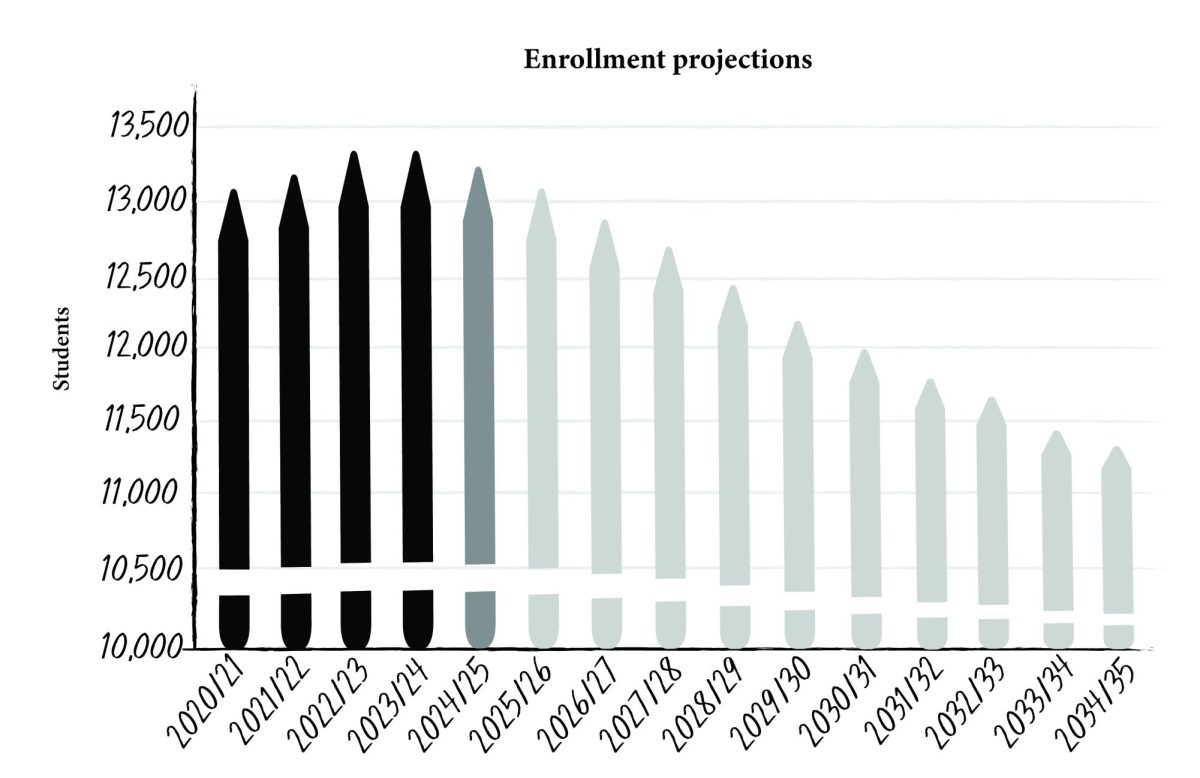Students’ notes pages can be messy or incomprehensive when they lack structure. Even though one might understand the concept at the time it is being explained, the disorganized structure of their notes can make it challenging for the student to recall the concepts when they are reviewing them later.
Here are a few ways to organize your notes to better understand the content.
Outline method
This is one of the most common methods. It is a more structured, hierarchical way of organizing information, with more words than drawings. The main topic is written at the top, with each subtopic being indented as a new one is introduced. The more specific details are further indented below the subtopics. For example, if you are taking notes on biomolecules, your subtopics would be the types of biomolecules which are lipids, carbohydrates, proteins and nucleic acids. The details could be the definitions and examples of each biomolecule.
Cornell method
The Cornell Method is a popular widely-utilized method. By engaging with material through summarizing and intentionally taking notes rather than passively copying everything helps with retaining information. Divide the page into a narrow section for your cues or questions; this will help you remain engaged as you are learning content. The wider part of the page is the section where you take notes, answering the questions you wrote in the previous column. The bottom of the page should be a summary section, where you can write a few brief sentences on what you learn. This is useful when you are taking notes on a complex subject such as history or science.
Mapping method
This method organizes information in a tree-like structure using many lines. As your tree structure comes into place, draw lines from one box or bubble to the other to make connections and relate one idea to another. This method is useful when you are trying to visually see connections between multiple ideas and topics.
Charting method
This method of note-taking is similar to a table or a spreadsheet. The first box of each column represents what information that column has, and the same goes with the rows. This is useful if you are trying to distinguish between several concepts or topics.
Follow @_ishana_sharma and @CHSCampusNews on X.
















